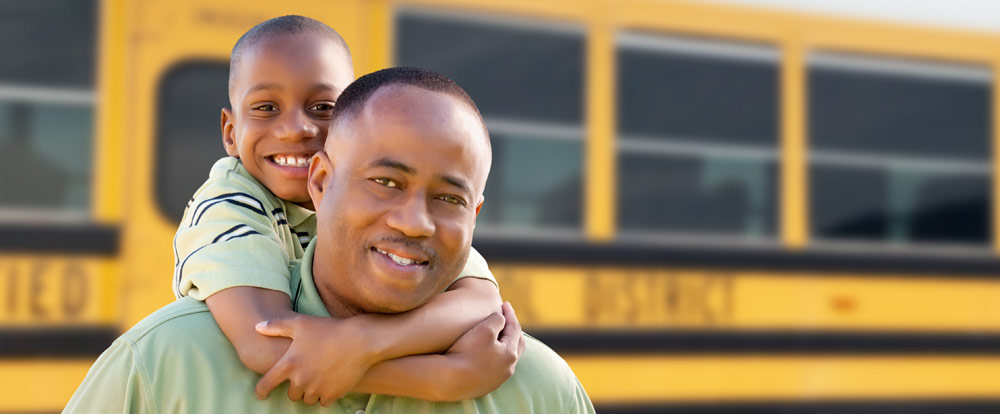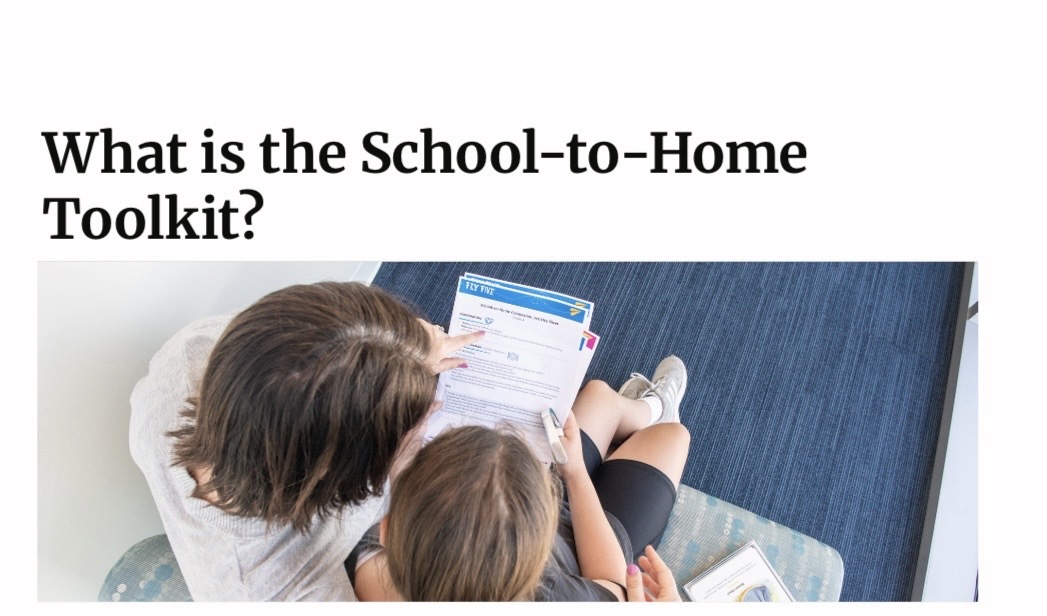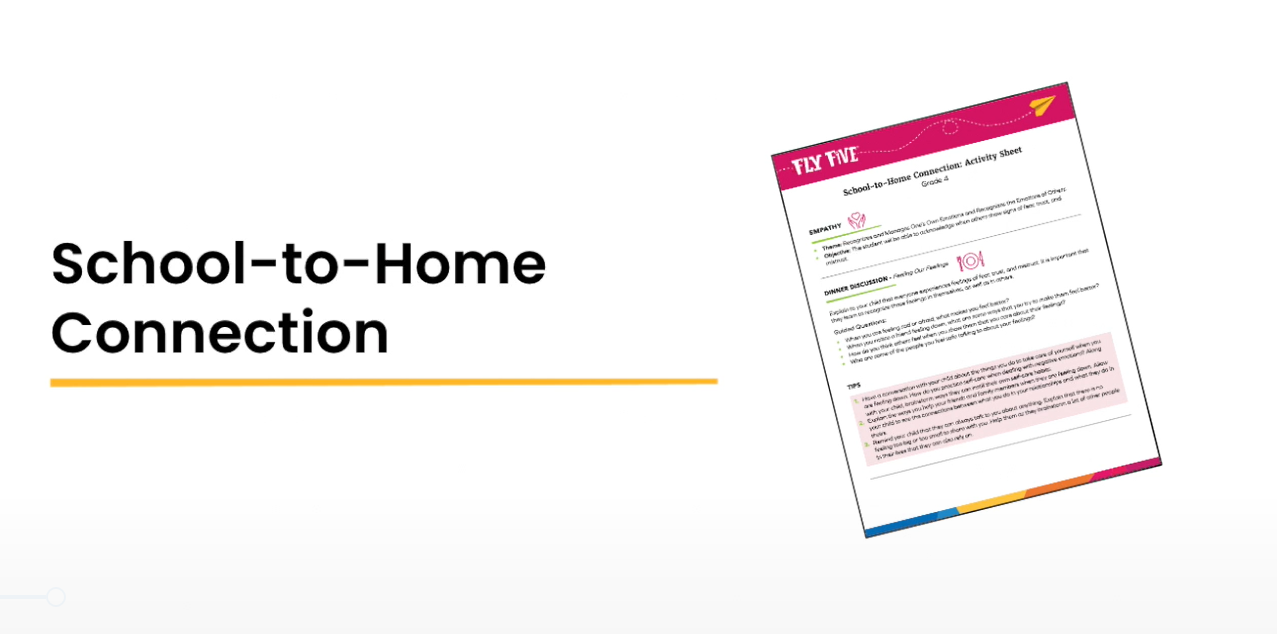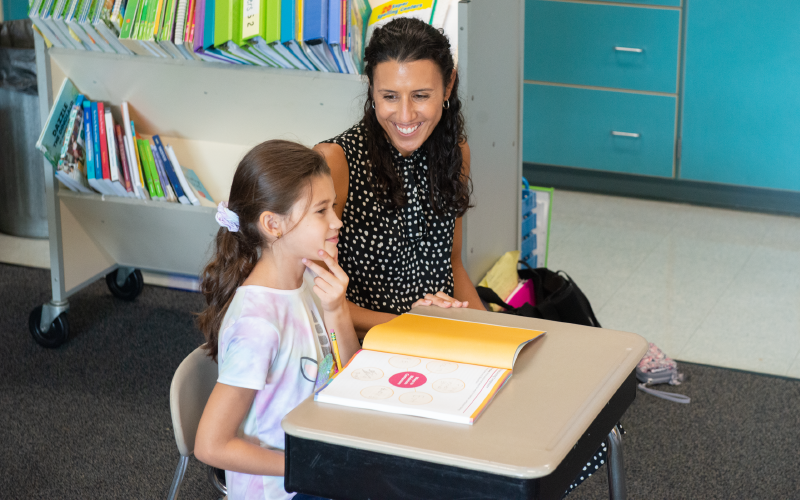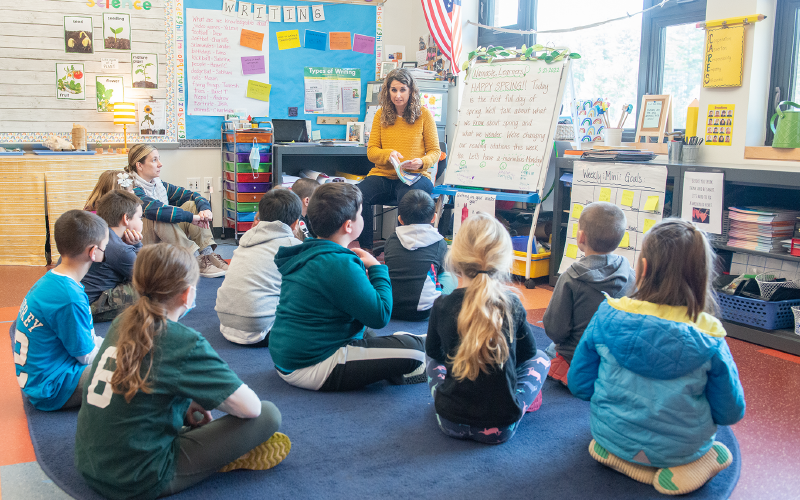Building a Bridge – Strategies for Strengthening the Parent-School Connection

We’ve all heard that it takes a village to raise a child. While the family unit is undoubtedly an important part of that village, teachers also play a formative role in shaping children to become healthy, happy adults. Both families and teachers help children develop the functional competencies necessary for success in and out of school.
That’s why it’s essential for schools to know how to lay the foundation for effective home-school partnerships. When teachers, administrators, and families are in communication and work together to set goals, celebrate successes, and solve problems, students thrive academically, socially, and emotionally.
The Importance of Family-
School Partnerships
Researchers have underlined the impact school and home environments can have on a child’s development (Bronfenbrenner & Morris, 1998). This research highlights not only the importance of establishing positive interactions in both places, but also the ways in which the connection between the two can empower children and help them reach their full potential.
When schools and families come together, students thrive academically. One study showed greater improvement in math and reading for kindergartners when students’ parents were involved in school-related activities and had greater expectations for student success (Galindo & Sheldon, 2012). Parents showing interest and commitment to involving themselves in their children’s schooling can help students to stay motivated and persevere through setbacks (Galindo & Sheldon, 2012).
A strong school-home partnership also encourages the development of social and emotional skills. When both schools and families can model positive interaction and communication in tandem, students are better able to see, and thus imitate, healthy behaviors.
In addition, family engagement in school-related matters has been shown to promote a sense of school connectedness. Children are better able to make friends and have an easier time focusing in the classroom when they feel safe and connected to their schools. Furthermore, school connectedness can serve as a protective factor against risky behavior like smoking and drug and alcohol use.
Therefore, administrators and teachers’ outreach efforts count. With the use of classroom-tested strategies, teachers and administrators can improve familial engagement in school life and allow students to reap the benefits. Consider the following ways to involve parents in the classroom and school communities:
- Hold multiple parent-teacher conferences to explore how teachers can best support the needs of the student. Allow parents to speak freely and express their concerns, and practice active listening to ensure that they feel heard and respected (Bickhart, 2020).
- Set aside a time for parents to come into the classroom and see what types of activities their children take part in during a typical school day.
- Have students complete projects involving their family members, such as family portrait drawings or interviews with loved ones (Center for Responsive Schools, 2001). This tailors the instruction to subjects the student feels connected to and helps family members feel involved.
Creating a strong school-family partnership is an important aspect of giving students the support they need. When students can see their home lives and school experience intersect in positive ways, they are better able to thrive socially, emotionally, and academically.
References
Albright, M. I., Weissberg, R. P., & Dusenbury, L. A. (2011). School-family partnership strategies to enhance children’s social, emotional, and academic growth. Collaborative for Academic, Social, and Emotional Learning and The National Center for Mental Health Promotion and Youth Violence Prevention.
Bickhart, T. (2020). Taking the time to listen well. Journal of Social and Emotional Learning, 2(5), 15–17.
Bronfenbrenner, U., & Morris, P. A. (1998). The ecology of developmental processes. In W. Denton, & R. M. Lerner (Eds.), Handbook of child psychology: Theoretical models of human development (5th ed., Vol. 1, pp. 993–1028). John Wiley & Sons.
Centers for Disease Control and Prevention. (2009). Fostering school connectedness: Information for school districts and school administrators. http://www.cdc.gov/healthyyouth/protective/pdf/connectedness_administrators.pdf
Center for Responsive Schools. (2001). Welcoming second language learners. Responsive Classroom. https://www.responsiveclassroom.org/welcoming-second-language-learners/
Galindo, C., & Sheldon, S. B. (2012). School and home connections and children’s kindergarten achievement gains: The mediating role of family involvement. Early Childhood Research Quarterly, 27(1), 90–103. https://doi.org/10.1016/j.ecresq.2011.05.004
Green, K., & Fine, M. (1980). Family therapy: A case for training school psychologists. Psychology in the Schools, 17(2), 241–248. https://doi.org/10.1002/1520-6807(198004)17:2<241::AID-PITS2310170216>3.0.CO;2-Z
Kersey, K., & Masterson, M. L. (2009). Teachers connecting with families—In the best interest of children. Young Children, 64(5), 34–38. https://www.jstor.org/stable/42730482
Resnick, M. D., Bearman, P. S., Blum, R. W., Bauman, K. E., Harris, K. M., Jones, J., Tabor, J., Beuhring, T., Sieiving, R. E., Shew, M., Ireland, M., Bearinger, L. H., Udry, J. R. (1997). Protecting adolescents from harm. Findings from the national longitudinal study on adolescent health. JAMA, 278(10), 823–832. https://doi.org/10.1001/jama.278.10.823



